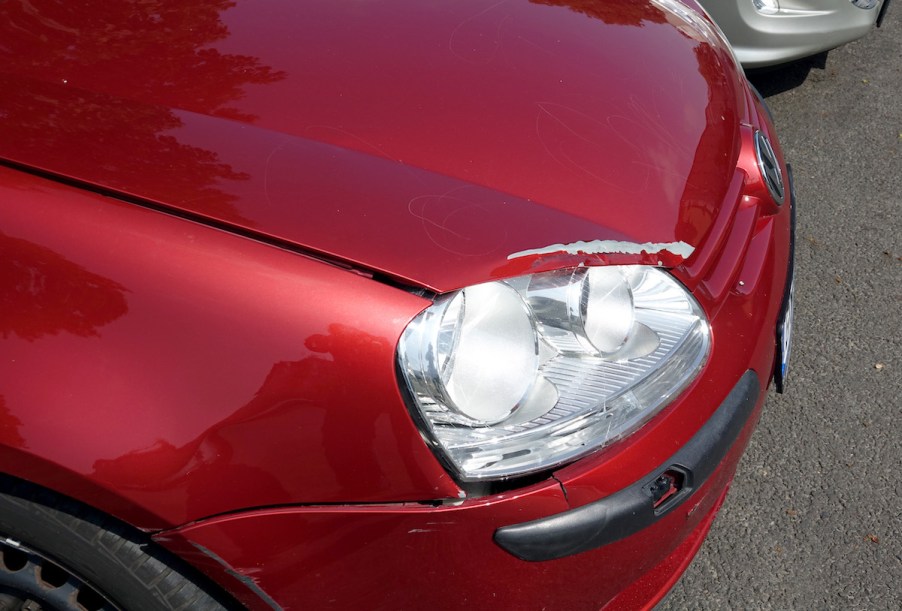
Auto Insurance Terms: What is a Declarations Page?
When it comes to car insurance, there are many factors that go into how high your rates are. It includes the car you drive, your driving record, and even the value vehicles are currently going for on the market. Having the right insurance is essential, so having a declaration page to show you will be necessary in a pinch. But do you know precisely what a declarations page is?
The difficulty of wading through insurance-specific terms

When applying for car insurance, you will be faced with a bunch of terms you may not be familiar with. Knowing what some of these insurance-specific terms mean will be necessary, especially when you’re involved in an accident and want to see if it’s covered under your policy.
For example, you might be asked by an agent if you want to add comprehensive coverage to your policy. You might not be aware of all that entails, so you turn it down. Later, you end up hitting a deer with your car and the vehicle is damaged. That’s when you find out how beneficial having comprehensive is.
Not knowing what is included in your policy can lead you to pay a lot of money in the future for damages that could’ve been covered with your insurance. One term some people aren’t familiar with is a declarations page. What is that, and how does it pertain to you?
What is a declarations page?
According to Access Auto Insurance, the declarations page is an overall view of everything that pertains to your insurance. It will show your personal information, like your address, and the names of the people listed as insured under your policy. It will also include your car’s vehicle identification number.
It shows exactly what’s covered under your insurance. This would include things like collision, comprehensive, etc. Also, you’ll see the coverage limits for each one and any deductibles you may have.
It’s basically a summary of your insurance policy written in a brief form for you to find what you need at a glance. Anytime you change your policy, you will receive a new declarations page showing your coverage with the changes included.
What kinds of policies can you expect to get with auto insurance?
When setting up your car insurance policy, you’ll find about six different type.
Liability insurance– Most states require you have at least liability covered on your vehicles. This is a basic policy that will cover some bodily injuries and property damage that you caused to an extent. The amount will depend on the figures you and your agent come up with.
Collision– This coverage will handle any collisions you may be involved in. The agency will pay out whatever your limit is after any deductible is subtracted from the overall repair bill.
Comprehensive– This will help pay for damages that occurred from accidents that happened that didn’t involve collisions with other vehicles. This would include hitting deer, fire damage, vandalism to your car, and falling objects.
Underinsured or Uninsured– This covers the damages to your vehicle if someone who’s not insured or underinsured hits you. That way, you don’t have to shell out money to repair a vehicle that was damaged, and it wasn’t your fault. Not all states require this one, but some do.
Personal Injury– This is a type of protection where the policy will cover medical expenses, but it also includes things like loss of wages (due to the accident), and childcare expenses.
Medical– Medical coverage will cover when you or another person driving your vehicle is involved in an accident and needs some type of medical care.
Getting to know your auto insurance policy will take some time as you learn the various terms and what they mean. Items like the declarations page of your policy are a great way to see what your coverage is at a glance, so you’ll have a basic idea of what’s covered should you find yourself in an accident.


